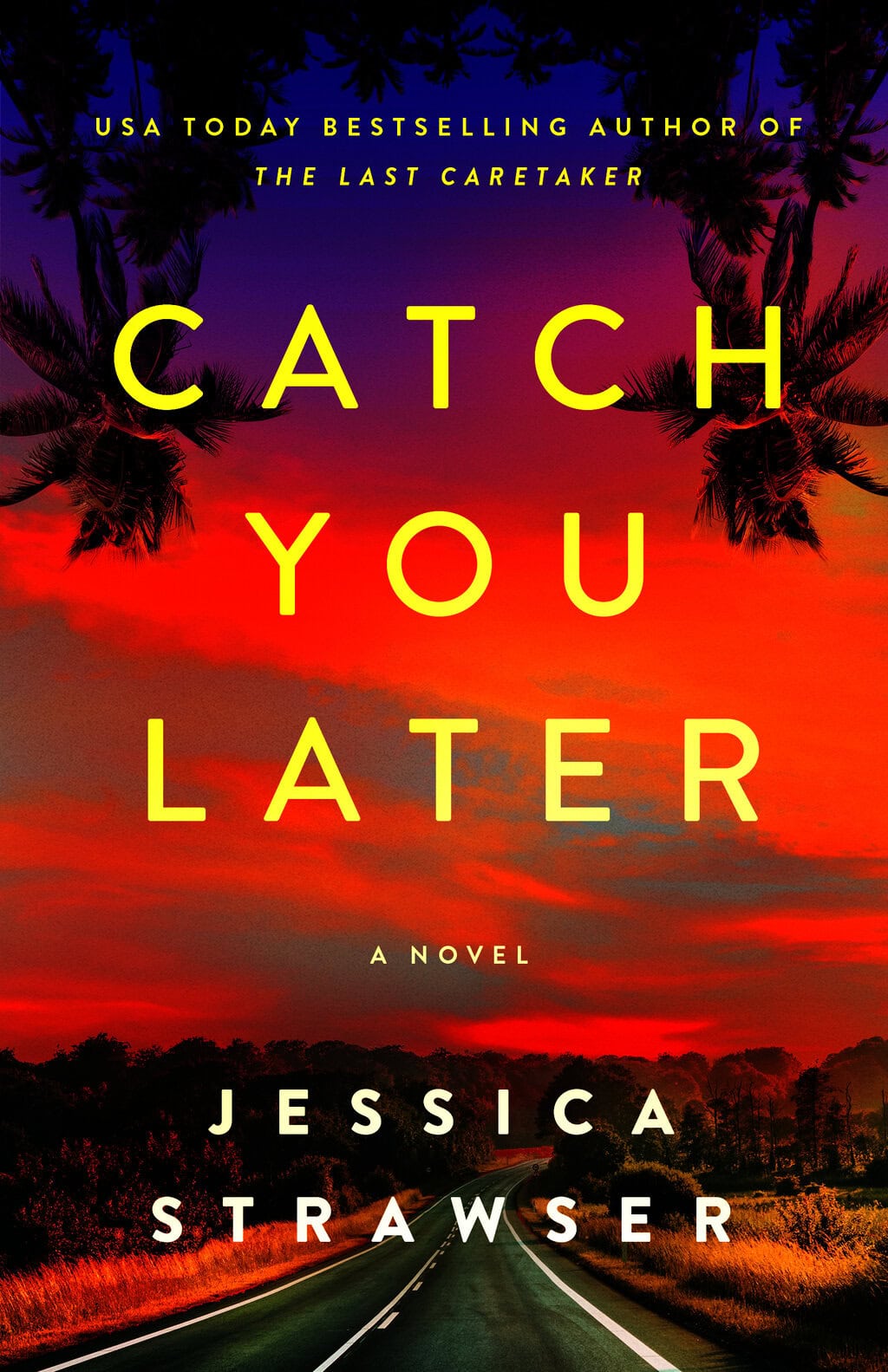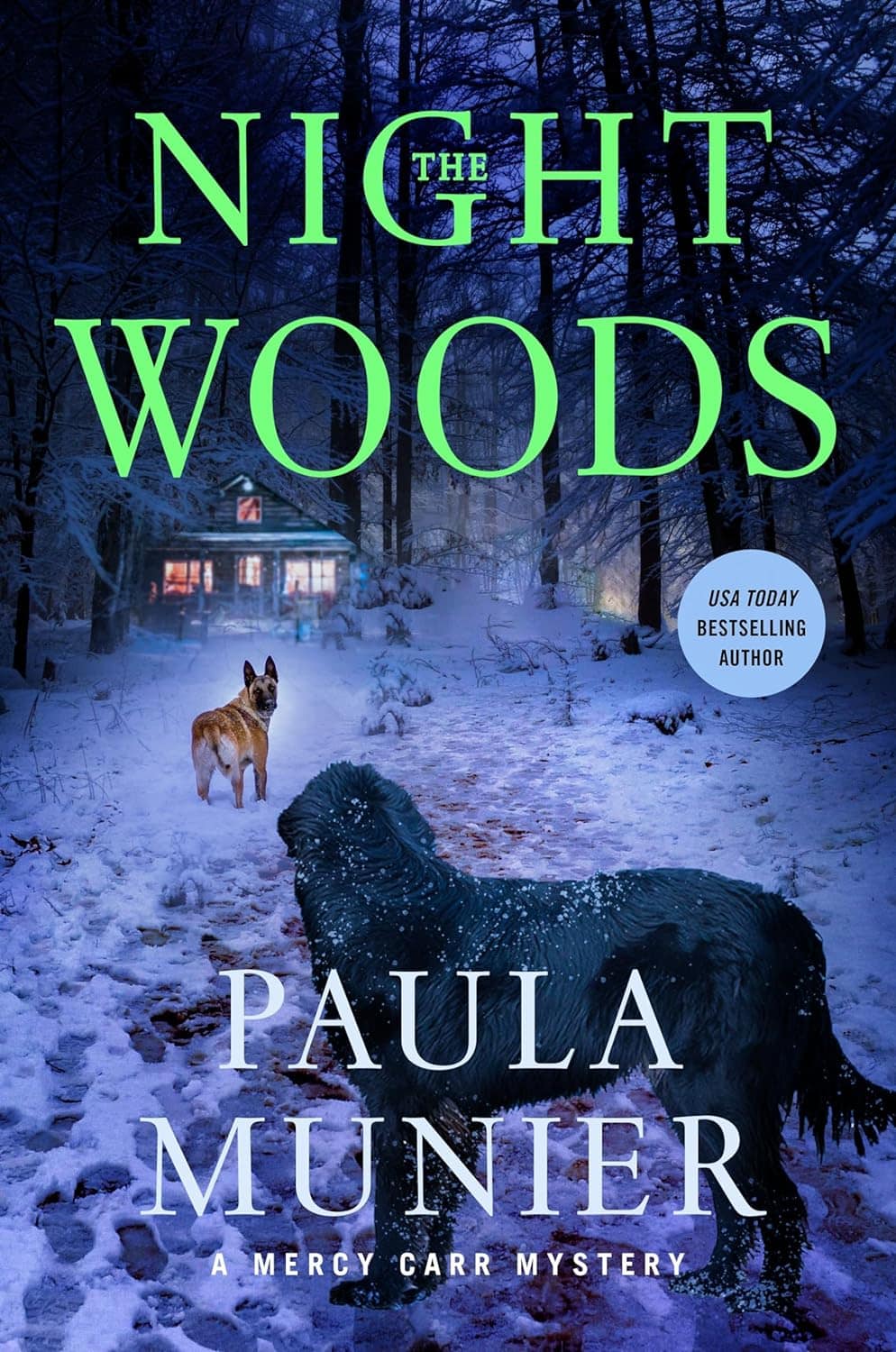You’ve finished your book, acquired a literary agent, and signed a book contract. The publishing process that began with an idea in your head is becoming a reality. This is “the stuff that dreams are made of,” as Sam Spade says in The Maltese Falcon.
But career authors cannot rest on their laurels. Even with a publisher on board, there’s more to be done.
Dear Author
Your editor asks for fixes, minor and major. Though there may be glitches, this editor-author collaboration is usually rewarding—artistically, emotionally and otherwise. Revising to your editor’s satisfaction often triggers a most welcome contractually mandated “on acceptance” payment.
There’s no “I” in team
The polished manuscript is passed for press by your editor: it’s headed to the Production Department. Next stop: copy editing. As for copy editors, the crazier, pickier and more uptight, the better. They ferret out typos and grammatical errors—pinpointing every mousehole in the plot while deleting extra commas along the way.
You review their suggested changes, respond to queries, and try not to feel overly chagrined at all the red lines and marks.
Tweak but no more
Text on the page is taking shape. Formatted into galleys, it’s looking like a book! Authors review uncorrected galleys, spotting errata and making minor changes.
Sometimes a writer finds it difficult at this point to stop tinkering. Don’t be this writer.
Publishers get cranky if you go bonkers and excessively revise at this stage. They might even charge the costs of making these changes to your royalty account. (Yep—that’s in your contract.)
Smile!
Authors gleefully submit their flattering author pic. Art meetings happen in corporate conference rooms. Editors bring competitive title artwork and their ideas for your book cover. (These might be the suggestions you helpfully sent along but possibly not—sorry.) Different approaches are discussed, the goal being a contemporary, eye-catching commercial cover that looks good on the bookshelf as well as thumbnail-size online. Later, comps are shared with the editor and agent/author. Depending on their book contract, an author may or may not have “approval” over cover artwork. Generally, they have “consultation.”
In-house hype
Each season, the editorial department and publisher’s office hold “launch” meetings, during which they present the upcoming title list to the other departments. This is the first formal presentation of your book to much of the publishing company.
Also, once or twice a year the sales department and a lot of other folks on the publisher’s team gather for sales conferences—sometimes in sunny Florida, sometimes in a spare conference room. Promotional materials on upcoming books are carefully crafted and distributed, the goal being enthusiastic large advance orders.
“The Greatest Book of All Time.”
Editors and writers go begging for quotes. Let’s hope you or your publisher nab an uber-cool endorsement to slap on the Advance Readers Edition (ARE)—a bound uncorrected galley distributed by the Publicity and Marketing Departments.
With press releases from the Publicity Department, reviewers receive hard copies of the ARE or they peruse it electronically—fingers crossed they post raves on Goodreads and elsewhere. Sales accounts take a look at the ARE and—knock on wood—increase their orders. There’s a lot at stake and outcomes can’t always be predicted.
It happens on a Tuesday
Your book is released online. It’s been printed and shipped to bookstores. More copies await orders in the warehouse, but it’s hoped not for long.
Aaah, sweet bliss: the finished objet in your hand on Pub Day. A book-signing or party? Or maybe a quiet day of reflection. Enjoy the moment…. I envision you running through a sun-dappled field of daisies with your newly published book in hand.
Onward!
Ahem. That was lovely. Sorry to interrupt. There’s yet more work to be done. Your publicist tells you to update your website blog with a bookstore appearance schedule. Marketing wants you to sign 150 books for BookExpo. Your agent calls: the editor wants to know about your next book: when can they expect it in-house?
In book publishing, the voyage goes on and on, and it may not always be clear when you arrive there. Where is there?
The publishing process is a journey, not a destination. What’s essential is to keep writing. Your publisher and readers await.
What part of the publishing process remains a mystery to you? Let’s discuss on Facebook.





